August 2023

Mushrooms of British Columbia
Andy MacKinnon and Kem Luther
The poisonous deathcap (Amanita phalloides) is believed to have been brought to BC on the roots of imported trees that were planted frequently in parks and along city streets. A sighting has been made in a Garry oak meadow. The BC Centre for Disease Control and several districts, including Oak Bay, have issues alerts about it.
Should you want to delve deeper into the world of fungi the Royal BC Museum Handbook Mushrooms of British Columbia
will get you off to a great start. As with other publications from the museum, this handbook is beautiful and practical. Excellent photographs and thorough descriptions assist in identifying over 350 species of fungal fruiting bodies.
Beyond that, there are articles throughout that discuss the world of mushrooms from a broader perspective. Conservation, climate change,medicinal and Indigenous uses, commercial harvesting and of course poisonous varieties are all given attention.
A success story close to home involves Observatory Hill, home to the Dominion Astrophysical Observatory, in Saanich. Starting in 2004 Oluna Ceska led one of the world's longest and largest mushroom studies there. Over 1,400 species were identified. Among other things, her work showed that mushrooms can be found throughout the year yet may not appear from one year to the next.
Common names of mushrooms can be unusual, describing food (fried chicken), animals (bellybutton hedgehog), humans (dead man's foot) the supernatural (witch's butter) or miscellaneous things (train wrecker). To find out more about these and others, consider borrowing Mushrooms of British Columbia from the HCP Library.











 Designing with Plants
Designing with Plants Right Plant, Right Place
Right Plant, Right Place The Crevice Garden
The Crevice Garden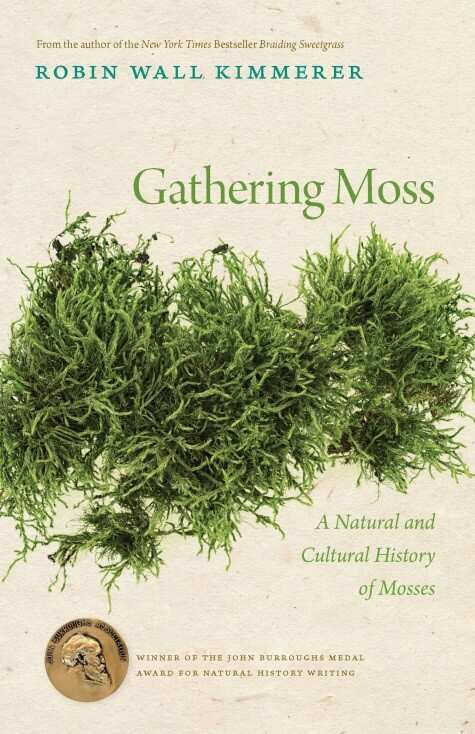

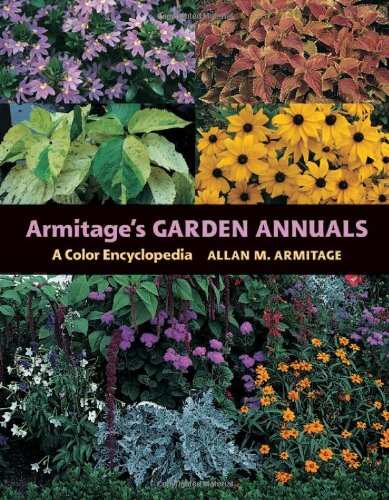

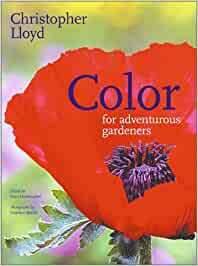 Color for Adventurous Gardeners
Color for Adventurous Gardeners Beatrix Potter's Gardening Life: The plants and places that inspired the classic children's tales
Beatrix Potter's Gardening Life: The plants and places that inspired the classic children's tales Year-Around Harvest: Winter Gardening on the Coast
Year-Around Harvest: Winter Gardening on the Coast  Orchids
Orchids Artists in their Gardens
Artists in their Gardens Butterflies of British Columbia
Butterflies of British Columbia Planting Green Roofs and Living Walls
Planting Green Roofs and Living Walls The Tulip
The Tulip Garden Eden: Masterpieces of Botanical Illustration
Garden Eden: Masterpieces of Botanical Illustration Native Alternatives to Invasive Plants
Native Alternatives to Invasive Plants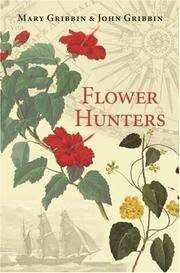 Flower Hunters
Flower Hunters The Winter Garden (ISBN 978-1-55870-789-4)
The Winter Garden (ISBN 978-1-55870-789-4) Finding the Mother Tree: Discovering the Wisdom of the Forest (ISBN 978-0-7352-3775-9)
Finding the Mother Tree: Discovering the Wisdom of the Forest (ISBN 978-0-7352-3775-9)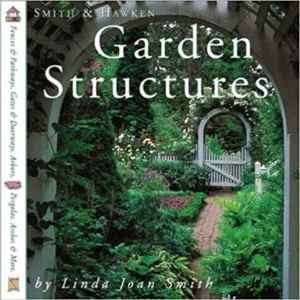 Smith & Hawken Garden Structures (ISBN 0-7611-1406-8)
Smith & Hawken Garden Structures (ISBN 0-7611-1406-8)
 The Earth's Blanket: Traditional Teachings for Sustainable Living (ISBN 0-295-98739-1)
The Earth's Blanket: Traditional Teachings for Sustainable Living (ISBN 0-295-98739-1)